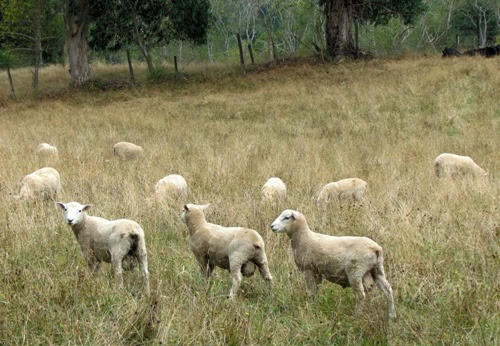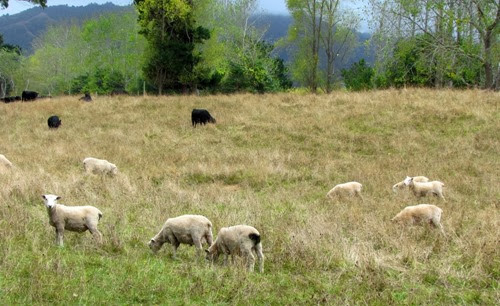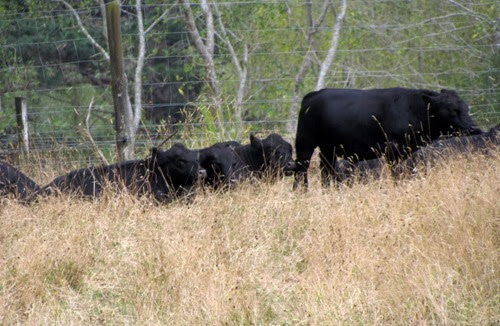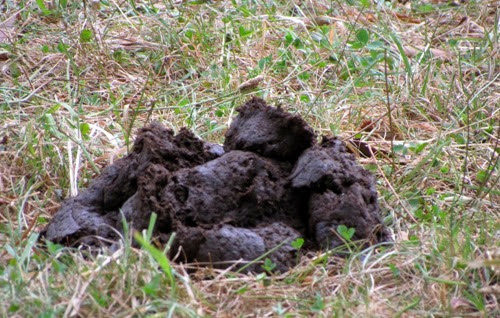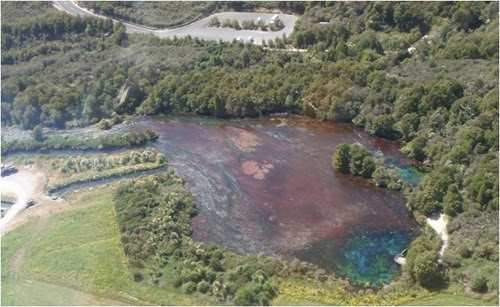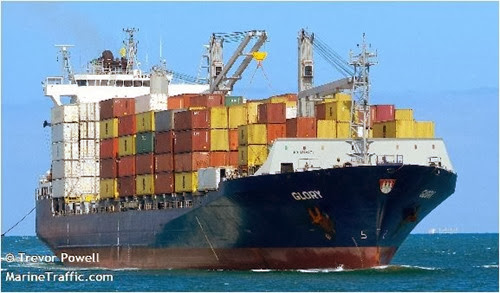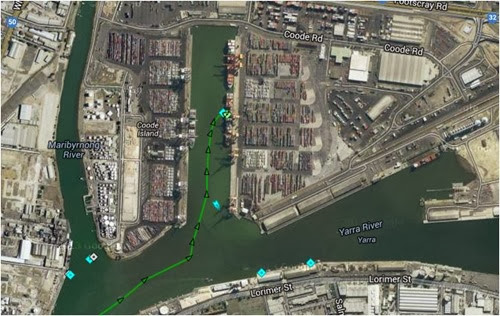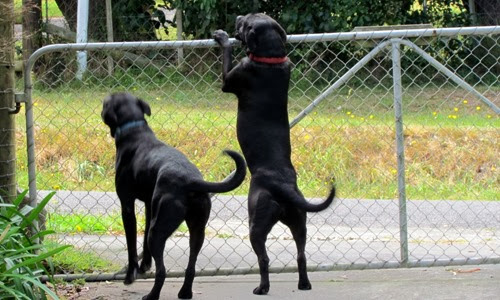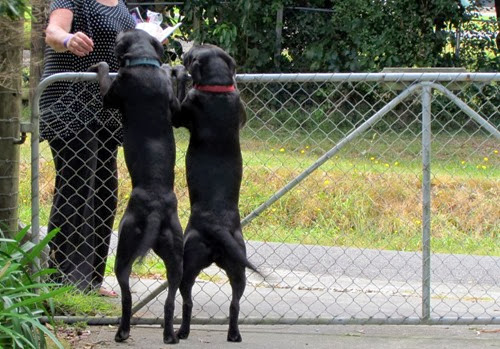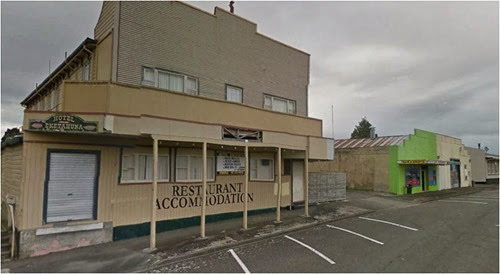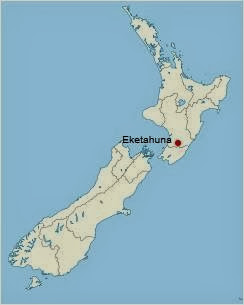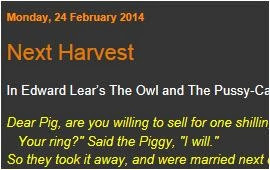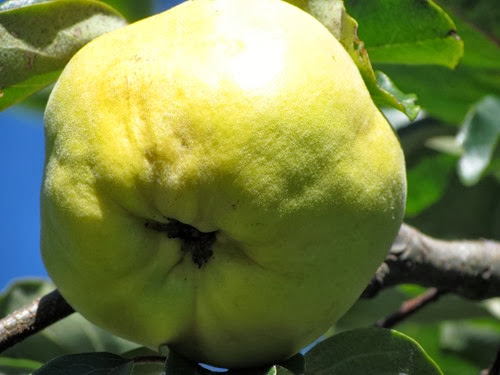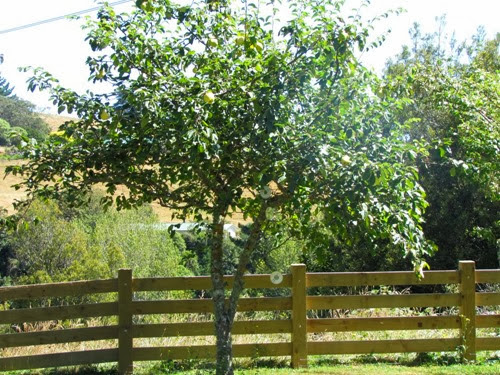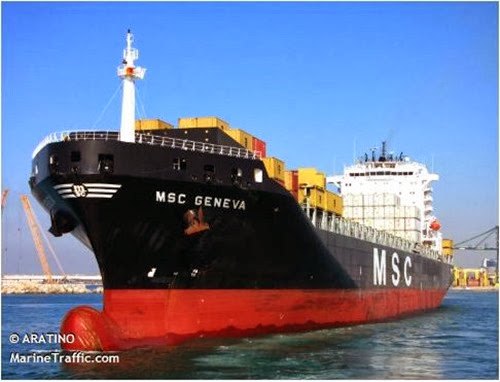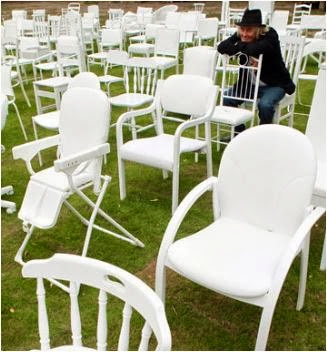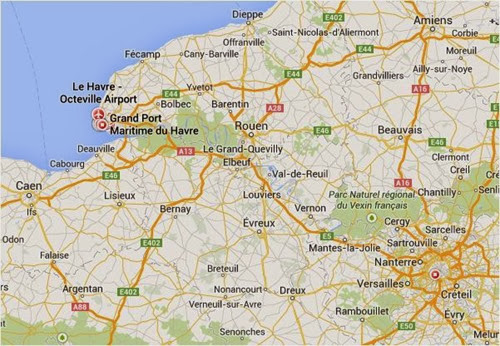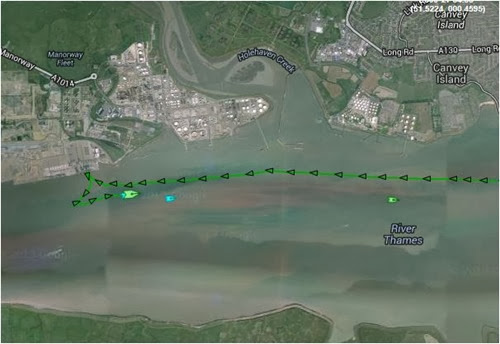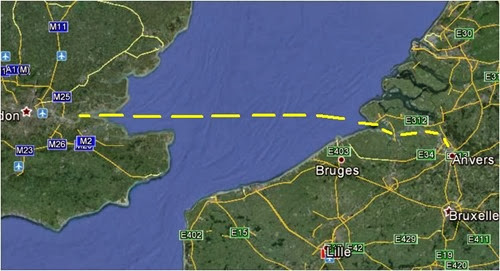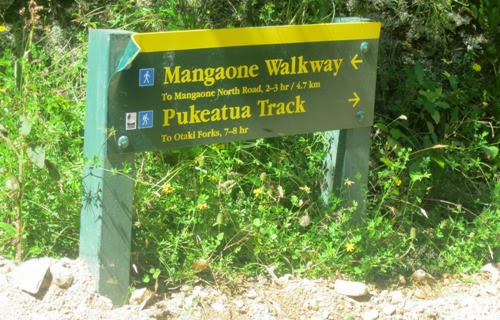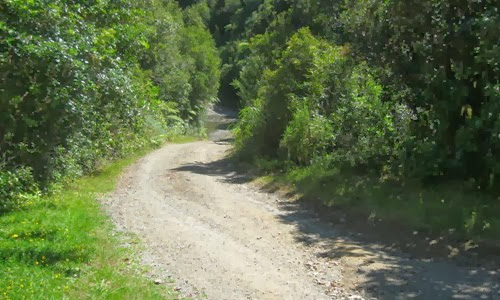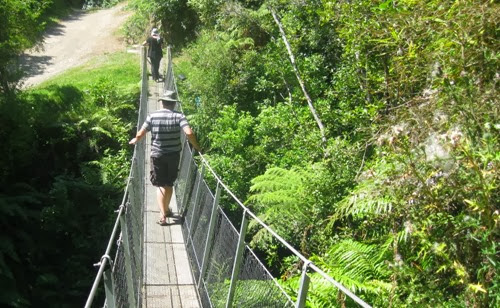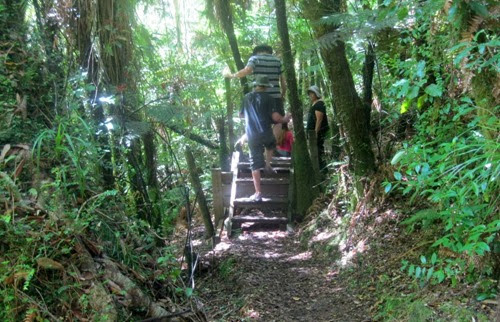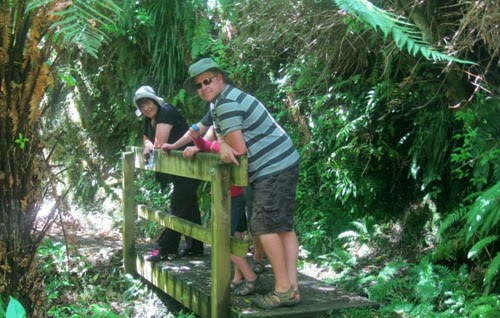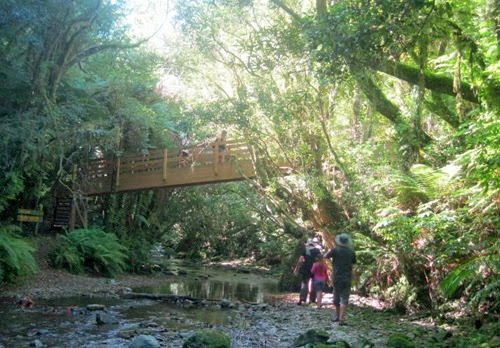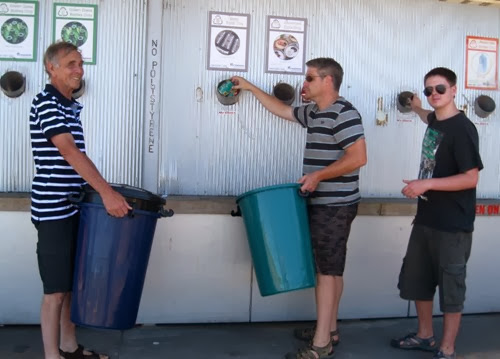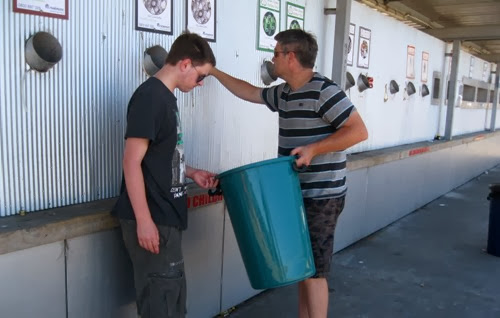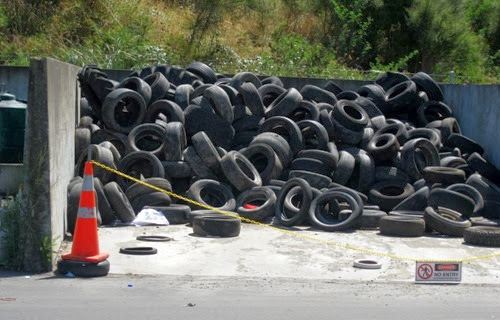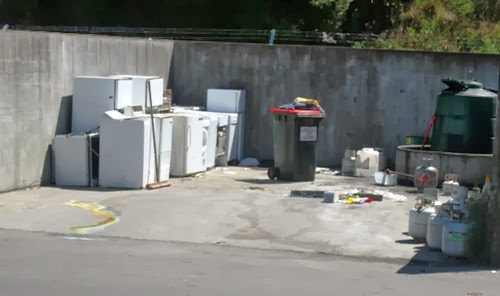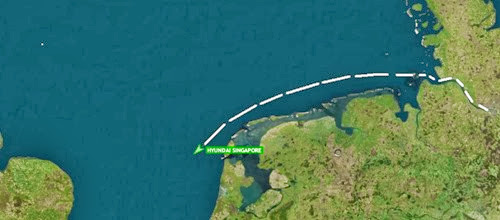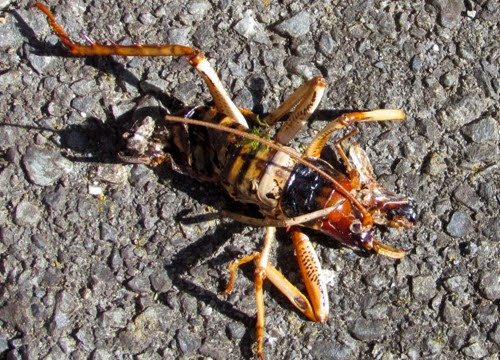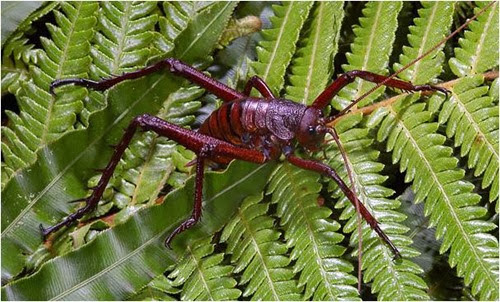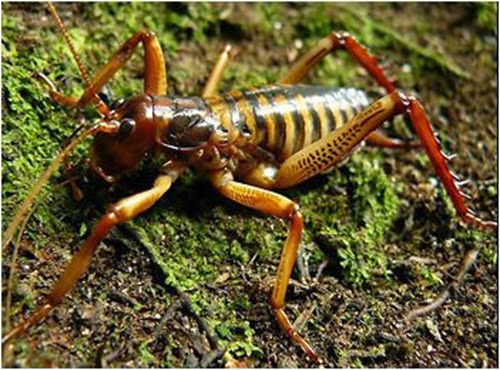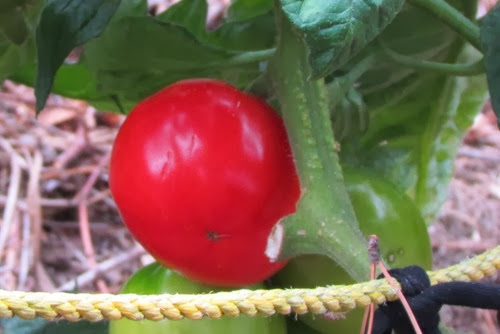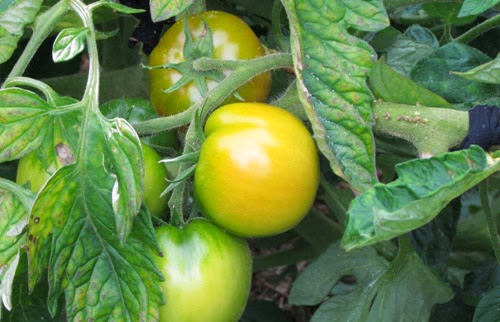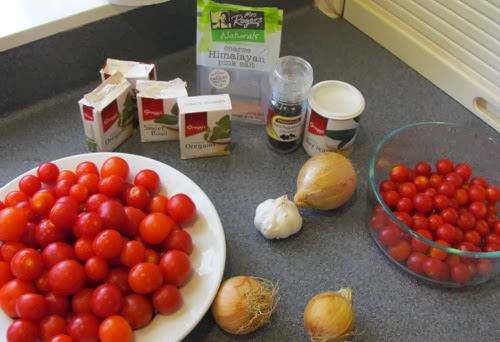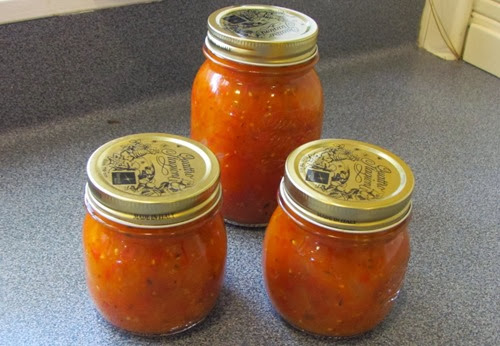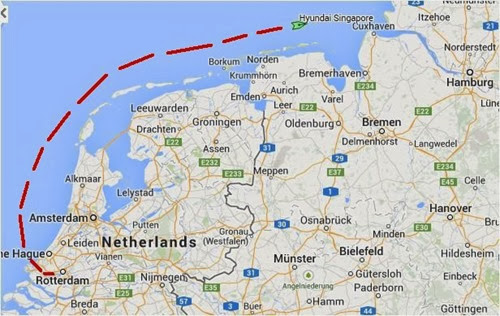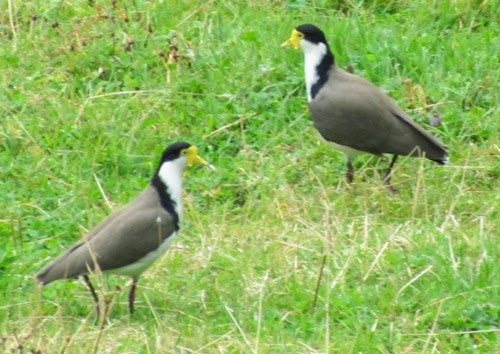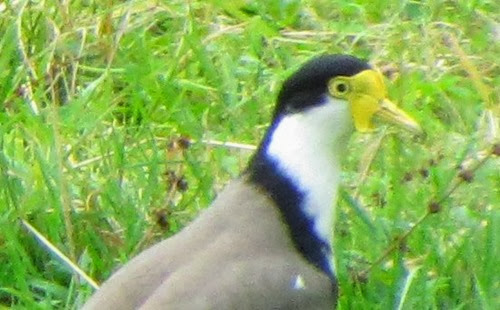Yesterday morning, after a sudden cacophony of gut-wrenching roars, I almost thought that I’d been teleported into the African savannah, and we were being besieged by hungry lions. Our two intrepid hunters/watchdogs Bennie and Sophie, who’d been sunning themselves outside the kitchen door, sprang into life and went tearing off into the undergrowth of the secret garden and then out of sight. The roaring continued.
Went I reached the far fence, half out of breath, there stood Bennie on his hind legs attempting to straddle the fence with the neighbour’s grazing paddocks. Sophie was hopping around excitedly, yelping as only Sophie can.
One the other side of the fence were some forty sheep munching in the long grass. A few of those closer to the fence were standing attentively watching these two black strangers across the fence.
Then further back in the paddock I spotted the “lions”
Some two dozen black bulls. Big bulls. Scary bulls, if you’re not a farmer.
As the bulls came closer to the flimsy fence, I started retreating ever so slowly but surely. They were probably quite tame and friendly, I tried to reassure myself, but I was scared that our two beloved Labradors would come off slightly worse if they managed to accidentally enter the bull ring.
Down on the ground quite near our fence, I spotted this little Mount Kilimanjaro. It didn’t belong to me, nor did it belong to Benny. That left only the two dozen…. yes, what a load of bull!
Today, the bulls appear to have calmed down quite a bit in their new home and Bennie and Sophie, although clearly accepting that they should not try to challenge the presence of this gang of monstrosities, have remained in the general vicinity of the fence and are keeping a close watch on the grazing neighbours.
There will be bull reports if there are any further developments in the ring.
